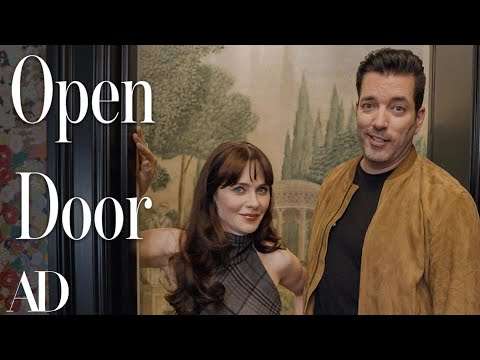In 1991, Francisco Javier Rencoret, a Chilean architect and then Fulbright scholar at Cornell University, published New York City: The Edge of Enigma, (Princeton Architectural Press), a visual essay that retraces the myth of the foundation and development of New York City.

Through more than 70 paintings, clearly indebted to Madelon Vriesendorp‘s illustrations of Rem Koolhaas‘ Delirious New York, and succinct texts, the author narrates the fictitious stories of the city, from the arrival of new inhabitants in an isolated island to the development of skyscrapers, Central Park and Times Square. However, rather than being a historic or documentary book, the work is a narrative reading of the City “that pushes back the boundaries of reality to include elements like fantasy, legend, power, and myth”. The volume was developed from a master’s thesis at Cornell University entitled “The Impact of the Narrative of the City of New York on Architectural Forms” and it aims at describing the identity of the City as being in a continuous transformative process rather than as a finite product.
The images make use of the technique of the collage and often mix up perspective projections, plans, axonometric projections, skyline photographs, and cartographic representations. The dirty-grey tones of the architectural and infrastructural elements are often complemented by limited insertions in red, green, blue and yellow.
New York City: The Edge of Enigma travels along that fine edge between the tangible and the intangible, the permanent and the transitory, the historical and the fictitious, the secretive and the revelatory. It does not pretend to delineate this edge; instead, the narrator’s voice crosses this hypothetical line at undisclosed points, illustrating New York City’s fantastic truth.
(Excerpt from the “Afterword”).
Here follow selected images from the book:





















